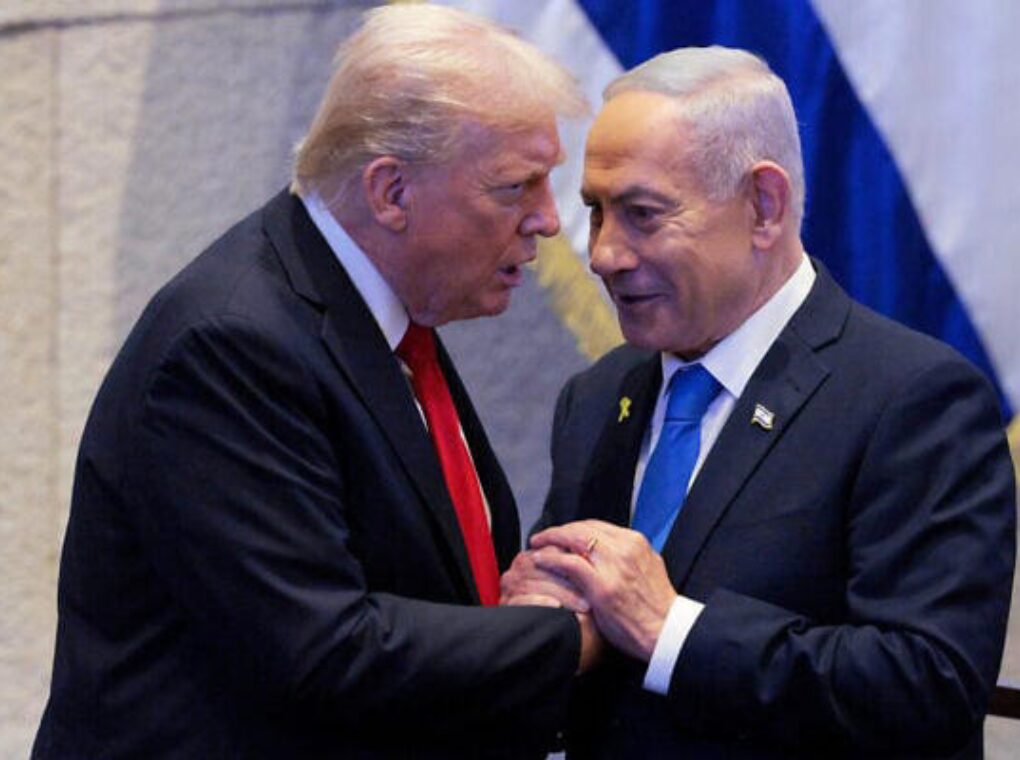Just days after a US-mediated ceasefire came into effect, Israel launched a series of airstrikes on Rafah and other parts of southern Gaza, signaling a dangerous escalation in the fragile truce. The renewed violence threatens to unravel weeks of diplomatic efforts aimed at ending one of the most volatile chapters in the long-running Israel–Hamas conflict.
Ceasefire Under Fire
According to Reuters, citing Israeli Channel 12, the Israel Defense Forces (IDF) carried out airstrikes in Rafah late Friday after reporting multiple “terrorist attacks” against Israeli troops. The IDF said that several operatives opened fire on soldiers stationed near Rafah, though no Israeli casualties were reported. In response, the army claimed to have struck “terrorist positions” and “neutralized immediate threats.”
Israeli public broadcaster Kan confirmed that the air force had targeted sites in Rafah and other areas of southern Gaza. The Times of Israel reported that “terror operatives attacked Israeli troops in Rafah, prompting the IDF to respond with airstrikes,” an action that effectively shook the foundations of the tenuous ceasefire.
The strikes come amid rising tensions between the United States, Israel, and Hamas — each blaming the other for violations of the truce. Washington accused Hamas of “planning a new wave of attacks,” while Israeli officials have insisted that Hamas continues to pose an “unacceptable security threat” to southern Israel.
Netanyahu’s Hardline Stance
Prime Minister Benjamin Netanyahu made it clear that Israel’s war objectives remain unchanged despite the ceasefire. In an interview with Israeli Channel 14, Netanyahu reiterated that the war would not end until Hamas was “disarmed” and Gaza “demilitarized.”
“When that is successfully completed — hopefully in an easy way, but if not, in a hard way — then the war will end,” he declared.
Netanyahu held late-night discussions with Defence Minister Israel Katz and senior military officials to assess the situation and decide on the next steps. The meetings reportedly focused on whether Hamas’s alleged attacks represented an organized breach of the ceasefire or isolated incidents by rogue factions.
Gaza Casualties and Humanitarian Toll
While Israel described its strikes as “targeted responses,” Gaza’s civil defence agency — which operates under Hamas administration — reported civilian casualties. According to the agency, nine Palestinians were killed, including four children and three women, after Israeli tank shells allegedly hit a civilian bus in Rafah.
Eyewitnesses described chaotic scenes as emergency workers and residents rushed to recover bodies from the wreckage. “The explosion was massive; there was nowhere to hide,” said a Rafah resident quoted by local media. “We thought the ceasefire meant safety, but it feels like the war never stopped.”
Humanitarian organizations have expressed alarm over the renewed violence. Aid convoys, which had only recently resumed operations under the ceasefire terms, were reportedly forced to halt movements in the southern corridor due to ongoing airstrikes and security alerts.
Washington’s Balancing Act
The United States, which brokered the latest ceasefire deal, now finds itself caught in a diplomatic bind. While it publicly supports Israel’s right to defend itself, Washington has warned both sides against jeopardizing the truce.
A US State Department spokesperson said on Saturday, “We are closely monitoring developments in Rafah. Any escalation risks undermining the progress achieved through painstaking negotiations.”
American officials privately expressed frustration with Israel’s latest military moves, according to diplomatic sources cited by international media. However, Israel maintains that its operations were strictly defensive, aimed at “neutralizing imminent threats.”
Ceasefire in Peril
The latest violence underscores the fragility of the ceasefire agreement, which had already been marred by sporadic clashes and mutual accusations. The truce was intended to allow humanitarian aid into Gaza and facilitate talks for a more lasting political settlement, but each exchange of fire pushes that goal further away.
Analysts warn that if the escalation continues, the ceasefire could collapse entirely, dragging the region back into full-scale conflict. “Neither side wants to appear weak,” said Middle East analyst Amos Harel. “For Hamas, any concession is seen as betrayal; for Netanyahu, restraint invites criticism from his own right-wing base.”
The Road Ahead
As of now, the situation remains volatile. Israeli forces continue to maintain a heavy presence near the Rafah border, and reports indicate sporadic gunfire in Khan Younis. Hamas has accused Israel of “flagrant violation” of the ceasefire, while Israel insists it is merely defending its troops.
With the ceasefire teetering on the edge and civilian suffering mounting on both sides, international mediators face an uphill battle. Unless immediate diplomatic intervention takes hold, the region could once again descend into a familiar and devastating cycle of violence.
